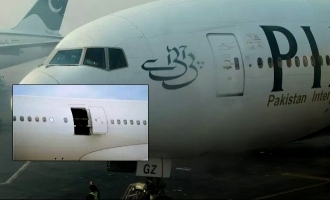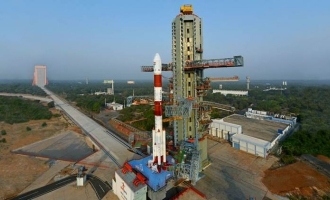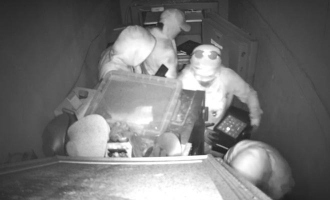Anti satellite Mission Shakti Simplified


Send us your feedback to audioarticles@vaarta.com



SHAKTI SIMPLIFIED
A highly confidential mission recently boldened India's name in the global defence map, when a missile made us the space elite. Than getting caught in the spiral of science, we have you covered on Mission Shakti, in 6 simple questions.
What?
By definition, a missile is a weapon with a detonating warhead, aimed at causing explosion at the target, which could be animate or inanimate. In practice, missiles are almost always aimed at disabling a moving target. The ballistic satellite in question is a weapon equipped to target and intercept an orbiting satellite in LEO (Low Earth Orbit) at a distance of 300kms (arguably more) from Earth's surface.
Who?
India is 4th at the finish line. USA had their first such test done as early as sixty years ago in 1958, closely followed by the USSR in 1964. China joined the elite peer in 2007, amid criticism and speculation. Russia thrusted up again, but a new type this time in 2018. Now on March 26th 2019, India has successfully tested Anti Satellite Missile, acronymed ASAT.
When?
At DRDO (Defence Research and Development Organization), this idea had made it to preliminary concept design in 2011, and was ready to be tested as of 2018. The missile finds its use in wartime space combat.
Where?
The BMD (Ballistic Missile Defence) satellite was launched from APJ Abdul Kalam island off Odisha, on 26th March.
How?
The Mission Shakti ASAT is a three-stage BMD satellite. By the guidance of radio signals (or, radar) from the ground station, the position of target satellite is determined. Upon launch, the ASAT travels to outer space. At the third stage, the guided missile locks its target, approaches and intercepts it, thereby causing the target satellite to fail communication with its corresponding ground station. The mission was tested on a now-defunct Indian satellite.
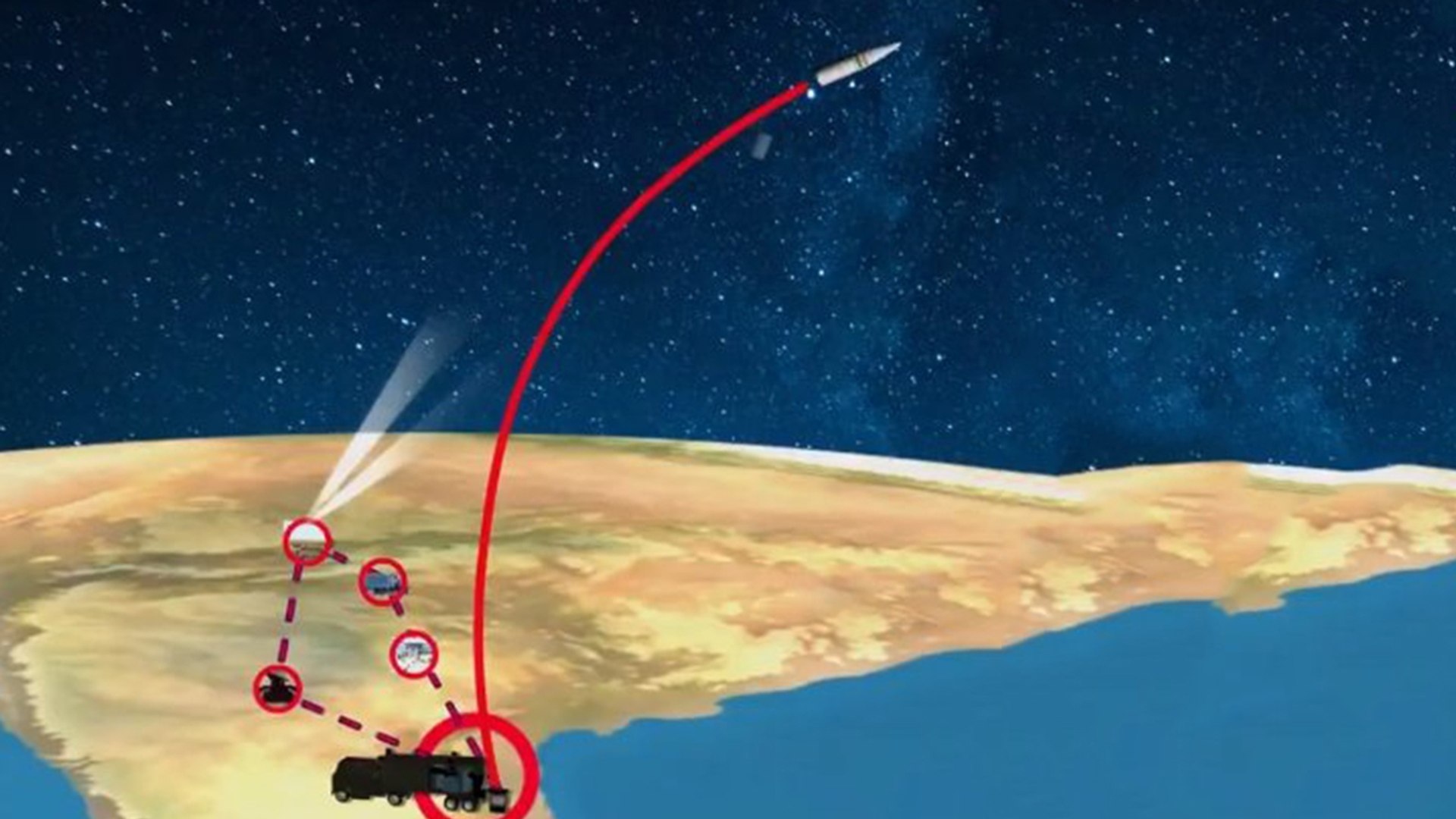 The trajectory of India's BMD satellite
The trajectory of India's BMD satellite
Why?
The existential question in the whole project is 'why'. War strategies a century ago could be termed primitive in comparison to the current warfare technology the world is equipped with. It is no more tooth and nail, sword and shield, guns and bombs. Like how navigation today is far more than a magnetic needle, war employs global positioning and satellite communication much more than normal imagination can quantify.
Controversies
With every progressive step, at least a dozen regressive remarks follow faithfully. When China test launched their ASAT, they were in headlines for the wrong reason - debris. However, space debris is most probably in the polar orbit (where, the Chinese ASAT was tested), due to the orbit's geometry. India has chosen the orbit with much more room, and has thus escaped this speculation; in fact, the satellite that blew up, is expected to burn out in Earth's atmosphere within 3 days from the attack. The USA has, however, come around subtly condemning the test, calling it a cause for "mess" in the space we all live. There are many other political and environmental critics, predominantly the former than the latter, who have brought their theories of why this test is unnecessary.
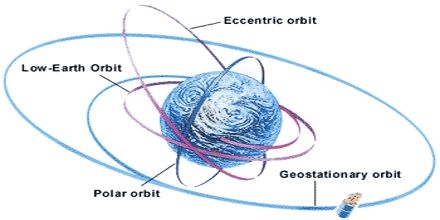 Orbits ofartificial satellites: India's ASAT was test launched to Low-Earth Orbit. China's ASAT was tested in the Polar Orbit.
Orbits ofartificial satellites: India's ASAT was test launched to Low-Earth Orbit. China's ASAT was tested in the Polar Orbit.
Indian defense is unwavered by such schools of thought. It has been publicly stated that testing ASAT is not a call for war; this is a test to gauge our capability and a ticket thereof to the elitist space club. On the lighter side, we just rid off a decommissioned satellite!
Sources: Trajectory, USA, polar orbit, launch, ASAT, China, orbit
Follow us on Google News and stay updated with the latest!
Comments
- logoutLogout





 Follow
Follow










